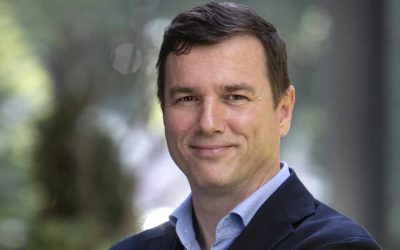Victoria Hartke is Managing Director for Planning and Real Estate at The Bureau of Overseas Buildings Operations (OBO), which is a division of the U.S. State Department. I met her in Washington D.C. because the United States is planning to build new embassies in Bratislava, Tallinn and Brussels. It turns out, she's interested in working structures for cooperation with companies in the region. The OBO will have official representation at a stand this year at ExpoReal.
To start, perhaps you could provide a brief outline of OBO’s remit and give me an idea . . .
------------------------------------------------------------------------------
Subscriber content
Archival content is available to subscribers only. If you have a membership subscription and are are experiencing issues logging in, please try the login below:
If you're interested in reading further, why not gain full access to the archives by subscribing?
Order your subscription here and we'll send you an invoice.
Annual memberships (€100/yr) can also be paid for by credit card, or you can pay month-to-month by clicking here.






